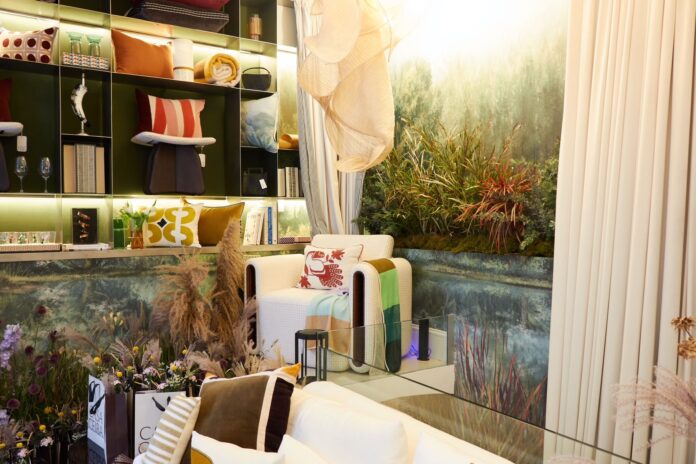In the heart of the emblematic Barrio de Salamanca, in Madrid, Casa Ceiba has opened its doors, a space that promises to redefine the perception of design and decoration. Located at 5 Villalar Street, Casa Ceiba is shaping up to be a sensory experience for lovers of interior design, combining art, design and culture in every corner.
This innovative proposal is the result of the joint efforts of three Argentine businesswomen: Florencia Miccio, Paz Torino, and Victoria García Frugoni. With consolidated track records in architecture, interior design, and communication, they have created a singular space where each object tells its own story. Inspired by the ceibo flower, which symbolizes deep roots and an openness to the world, they seek to balance the natural with the sophisticated.
Casa Ceiba is not just a design shop. "We didn't want to create just a shopping place, but a place where design is felt, lived, and enjoyed," explain its female creators. The result is an environment that invites you to experience interior design as a cultural expression, evoking warmth and authenticity in every detail.
The artistic proposal of Casa Ceiba is enriched by the collaboration of talented international artists. Sofía Willemoes transforms spaces with her wallpapers and murals, full of dreamlike plant life. Mirei Monticelli surprises with her sculptural luminaires made from Banaca, a sustainable artisanal fiber. For his part, Daniel Germani, a benchmark in contemporary design, presents pieces that fuse functionality and art.
Additionally, the architect and artist Bianca Tessore contributes her Reinas collection, celebrating diversity and female strength through vibrant portraits. Casa Ceiba also has its own collection of exclusive furniture and objects, created in collaboration with local artisans, thereby strengthening the bond between tradition and creativity.
As it becomes established as a benchmark in interior design in the capital, Casa Ceiba offers more than just a shopping experience. It allows its visitors to immerse themselves in aesthetic narratives, turning each space into a place of discovery where artifacts not only beautify, but also tell stories and reflect the identity of those who choose them.



